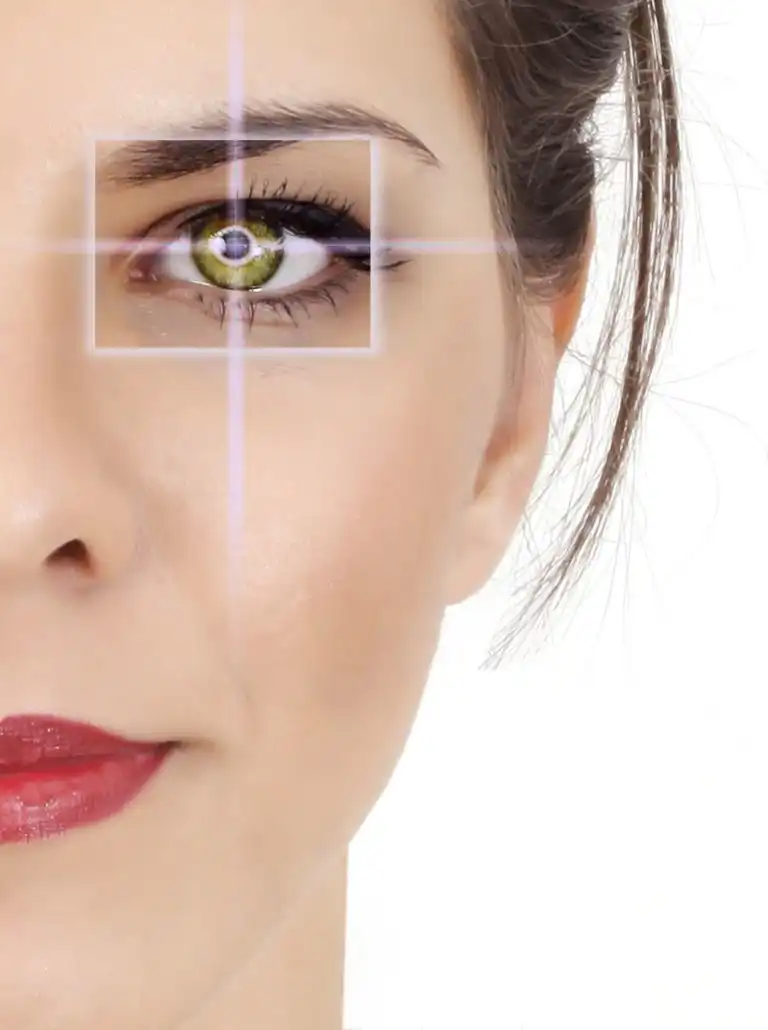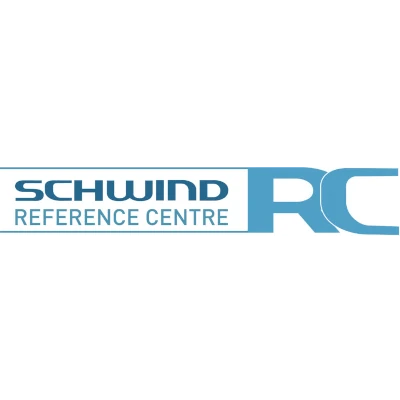Course and effects of the treatment
There is a kind of islet in the central part of the cornea. This central part of the cornea is responsible for sharp near vision, while the peripheral part of the cornea allows for sharp distance vision. During the PresbyMAX procedure, the cornea is modeled with a laser so that its new curvature allows the patient to see from different distances. The central part of the cornea allows for near vision, while the peripheral part facilitates intermediate and distant vision. The amount of light entering the eye is not shared equally between the two parts mentioned. The PresbyMAX treatment is able to free the patient from the need to wear reading glasses.











